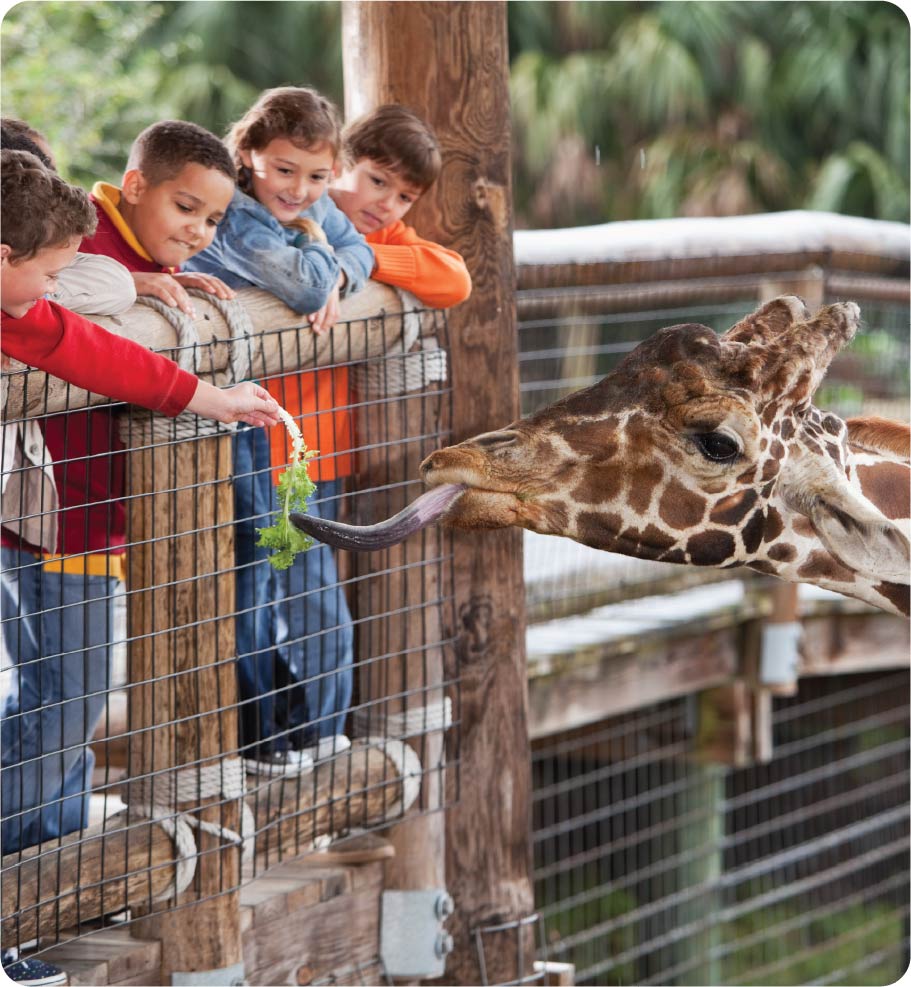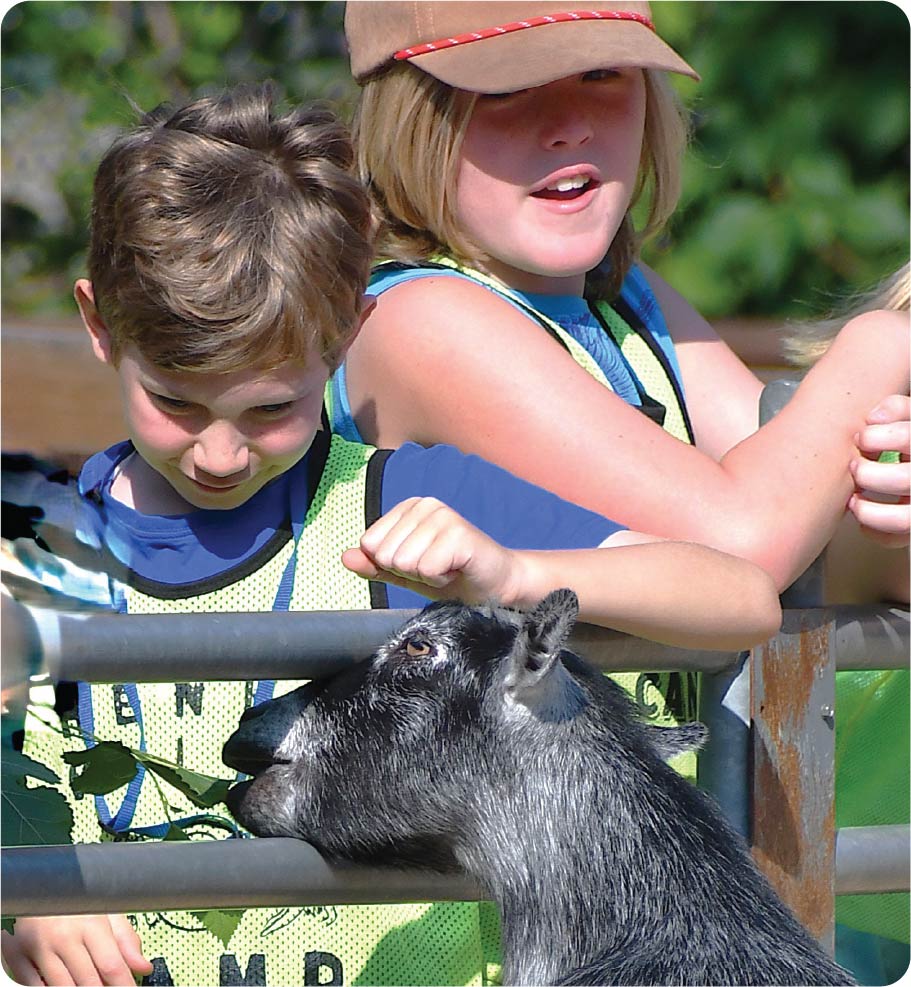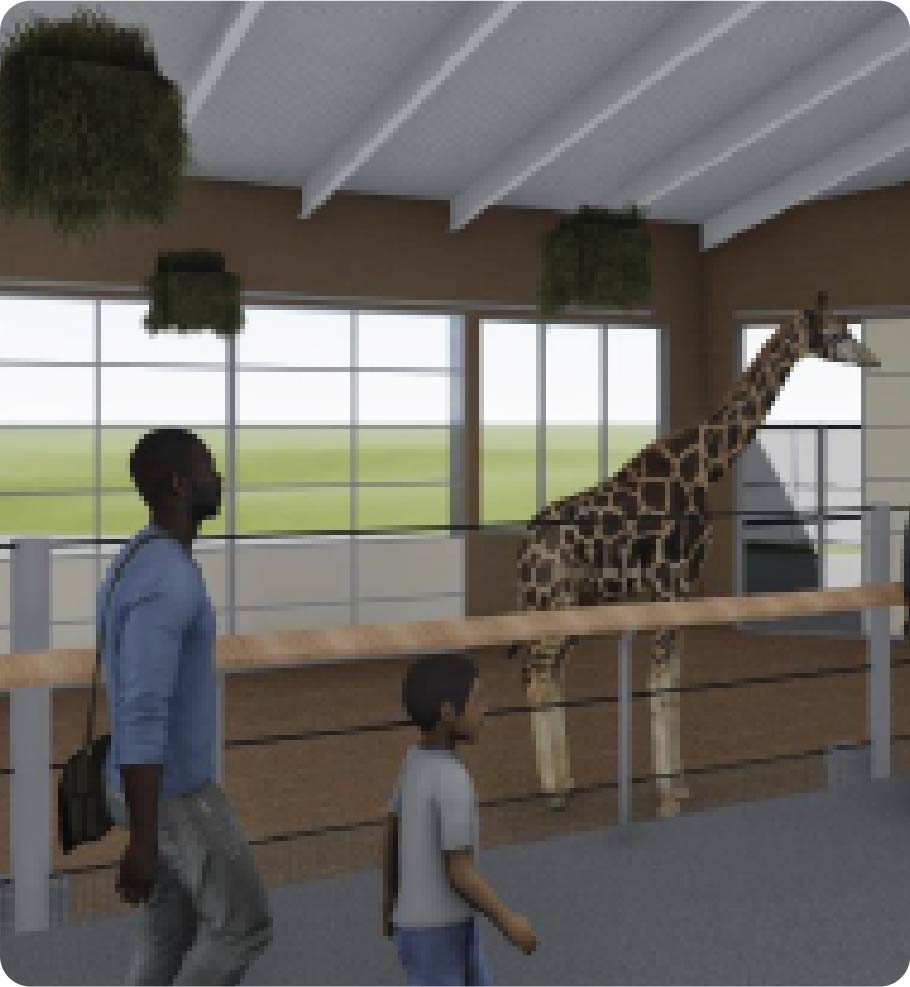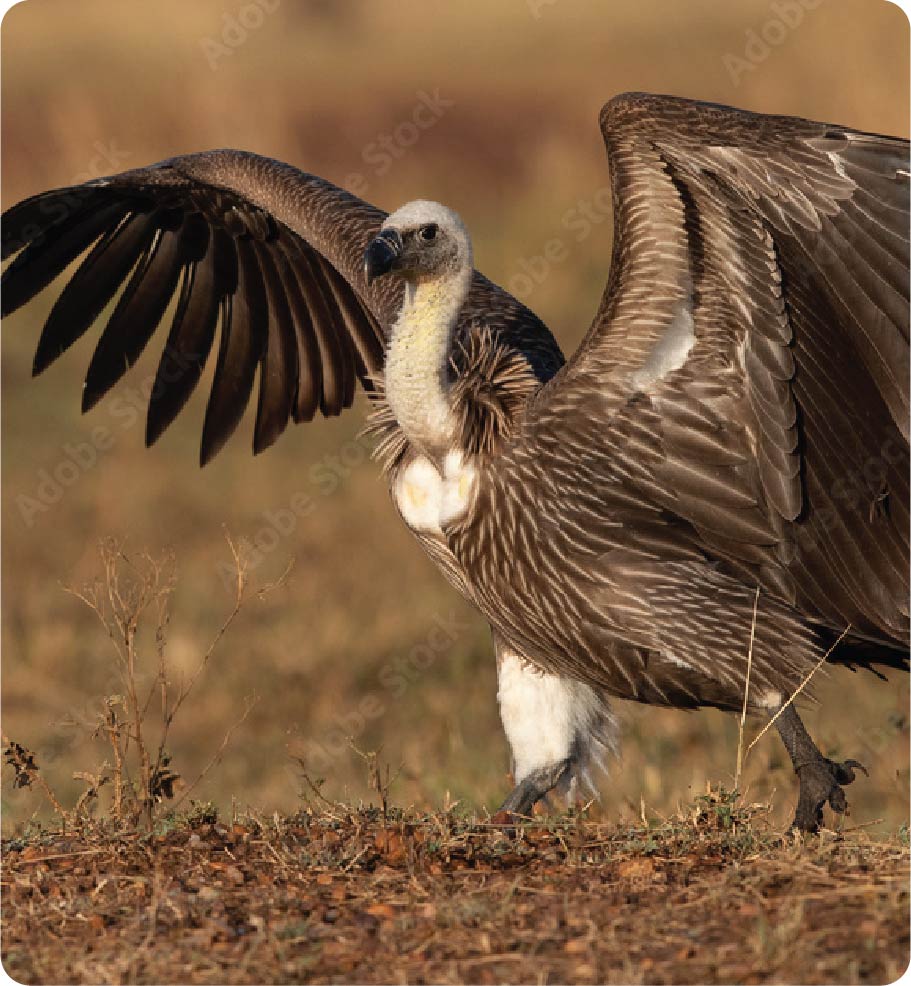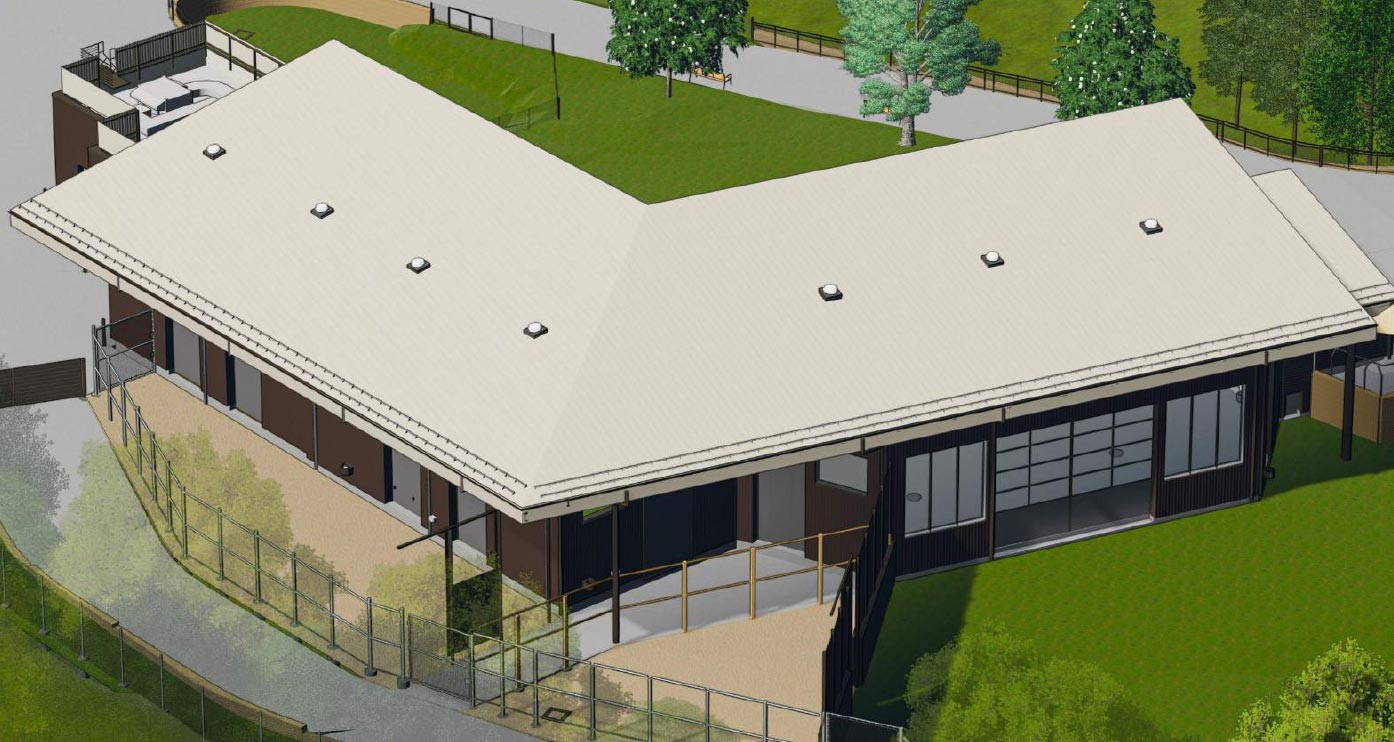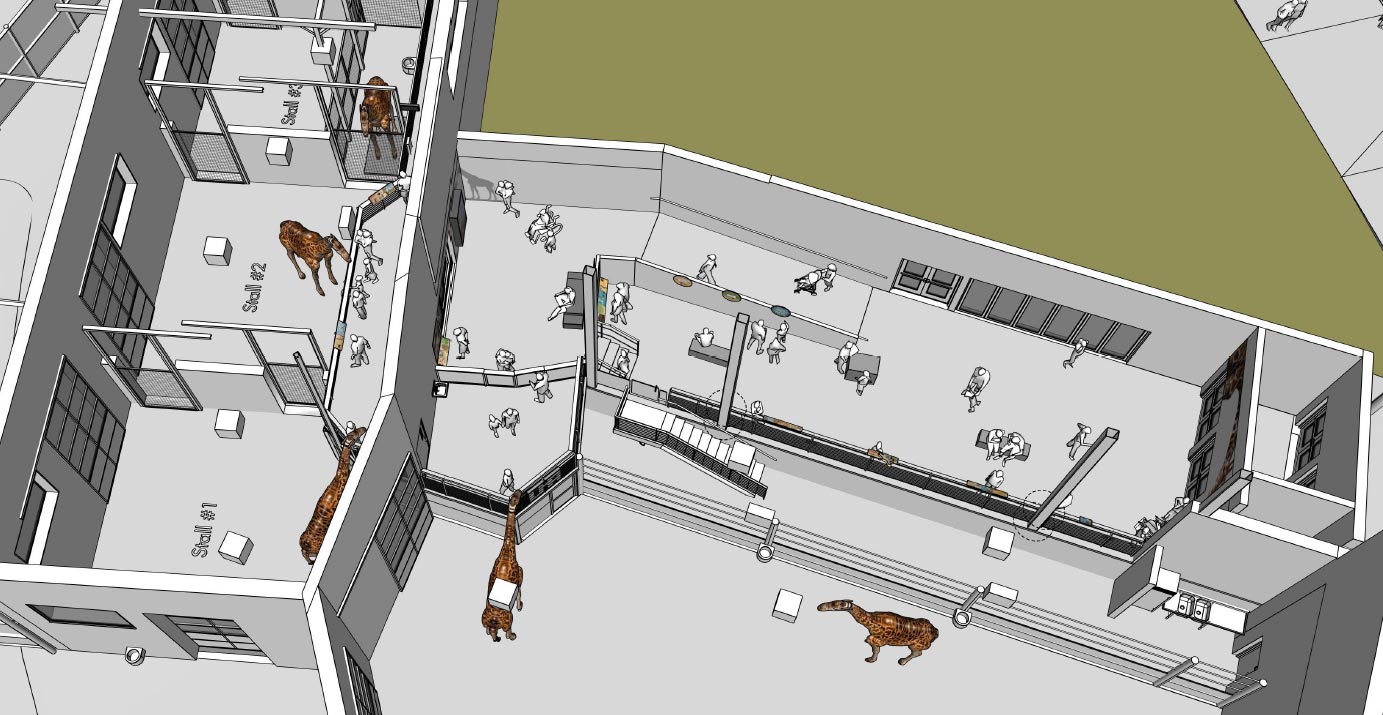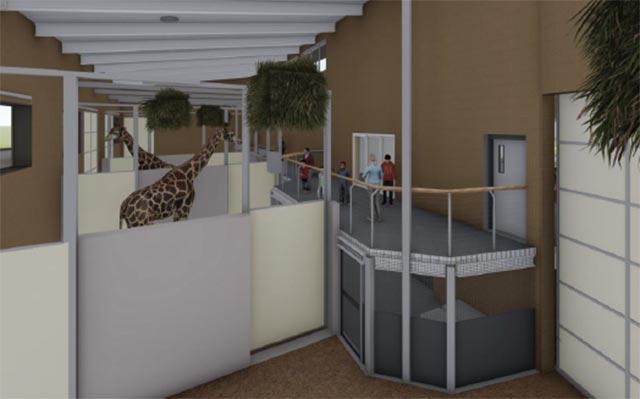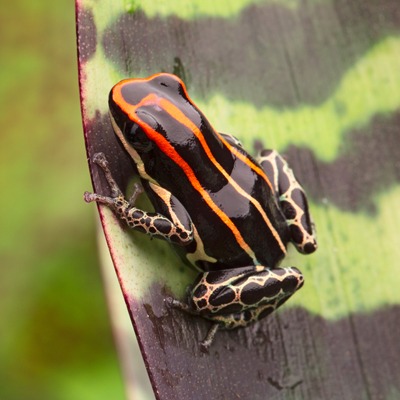
About Golfodulcean Poison Dart Frog
The Golfodulcean poison dart frog is currently listed as a vulnerable species. Due to lower birth rates and continual habitat destruction, this species has seen a drastic decrease in population numbers over time. This poison dart frog features a granular texture on its dorsal side, with a smoother, solid black head and back. The colorful patterns vary significantly, but their distinct color trait is their blue-green speckled legs. The blue-green color is contrasted with gold, red or orange colored stripes that run from the head to the back of the body.
Habitat
This species resides in lowland, wet forests and streams of the Central American country of Costa Rica.
Diet
An adult Golfodulcean poison dart frog will feed on arthropods, mainly ants and mites. Ants have high alkaloid levels in their tissues which contribute to the frog’s poisonous skin.
Family Life
This species is known to be quite shy and will often hide in small rock crevices when approached by humans or other larger animals. Like its other poison frog family members, the Golfodulcean poison dart frog is territorial, establishing certain areas for his mate to lay eggs. The courtship ritual may last one to seven days prior to oviposition (laying eggs), which will include calling, circling, shaking of limbs, and/or sitting on the courting partner. The female will lay eggs every one or two weeks, with each clutch containing 7 to 21 eggs. The males will then guard the eggs throughout the following weeks.
Conservation Status
The conservation status of the Golfodulcean Poison Dart Frog is classified as vulnerable.
Threats
- Their unique colors make the frog a highly sought after house pet, as they are often involved in the illegal pet trade.
- Habitat fragmentation and forest clearing are two major threats that have heavily contributed to their vulnerable status.
Facts about Golfodulcean Poison Dart Frog
Class:
Amphibia (amphibians)Order:
Anura (frog)Family:
Dendrobatidae (poison dart frog)Genus:
Phyllobates (poison dart frog)Species:
Phyllobates vittatus (Golfodulcean poison dart)Life Span:
~10 years (wild) / up to 20 years (zoo)Size:
Male: up to 1 inch (26 mm) / female: up to 1.2 inches (31 mm)Weight:
< 1 oz (5 – 14 g) (average poison dart frog)
Fun Facts
- Father bonding! A few days after the eggs hatch and the tadpoles are able to crawl, the adult male will allow some or all of the tadpoles to climb onto his back.
- Males mark their territory with trills, or vibrating sounds, lasting six to seven seconds.
- Watch out! One individual frog has enough toxin to kill 13 adult humans.
